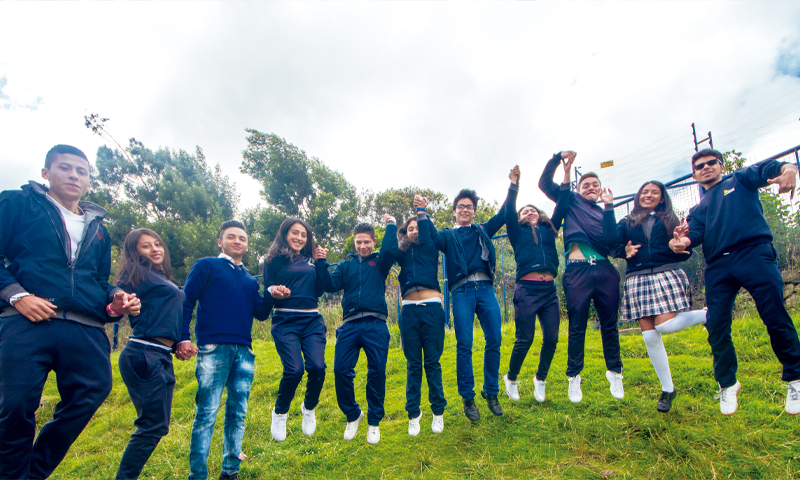With more than 30 years of international professional experience in Business Development and Corporate Public Relations in Fortune 500 tech companies such as Motorola and Unisys in Latin America, Juan Manuel is a point of reference in the region in the field of education projects to close digital gaps with social impact. As Education Soul Co-founder, his most recent startup, he has been devoted to bringing EdTech solutions to underserved areas, improving the lives of more than 20,000 students and teachers. He serves as HundrED Colombia Lead, a Finnish global community that brings positive change to K-12 education and identifies innovations to help them spread. He holds a B.S. in Business Administration (Los Andes University – Colombia) and an Executive MBA from Boston University.
Students in Colombia, a country with a population of 50 million, score lower than the OECD average in reading, mathematics and science at PISA (Program for International Student Assessment that surveys every three years the 15-year-old students on their level of knowledge and skills that are essential for full participation in society). In terms of reading skills, for example, even though the country has improved its trend since 2006, the results are still weak, as it is shown below in the table of Reading Gap in Schools Years (+/-) OCDE – PISA, 2018.
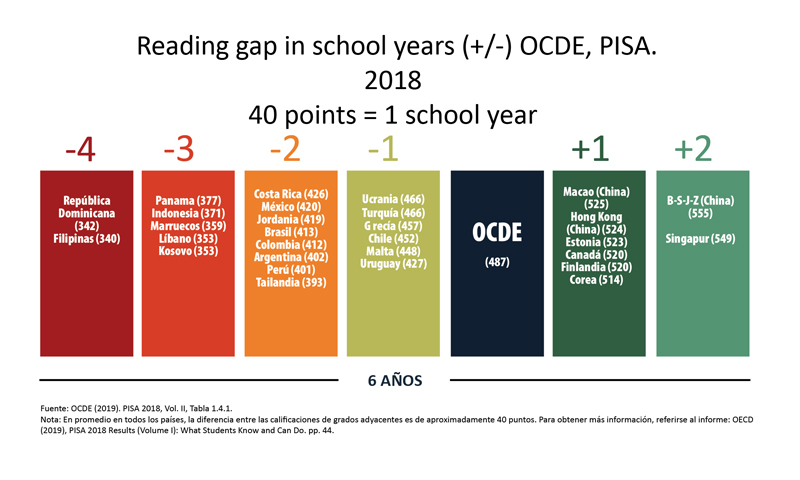
The OECD reading average score in 2018 was 487. For every 40 points of difference, there is one year of delay in education level for a 15-year-old student. Therefore, in the case of Colombia, the PISA reading result was 412, meaning 2 years of school-level delay in comparison with the OECD average and up to 4 years of school-level delay with China (555) and Singapore (549) who were the top scores of the ranking. Within the region, despite the improvement in reading PISA results, Latin America continues to be below the OECD average, as it is shown below in the table of Reading PISA Results Trends 2000 – 2018 from IDB, 2019.
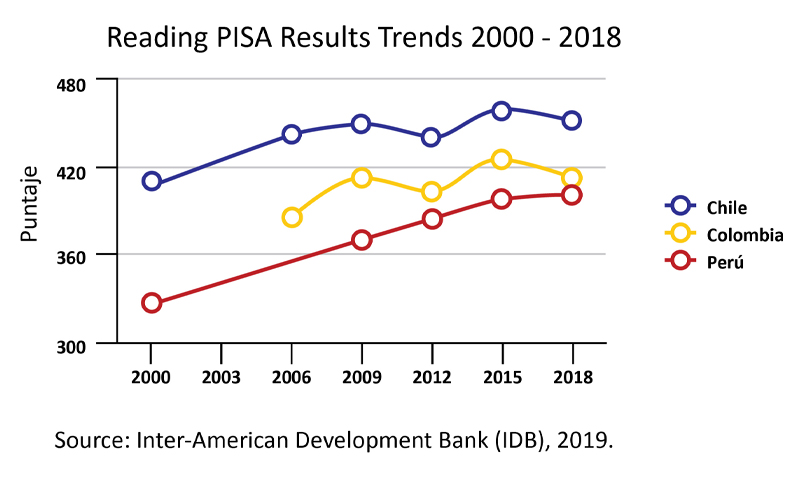
In 2018 in Colombia, 7522 students from 250 schools both private and public, completed the PISA assessment, and 50% of them attained at least Level 2 proficiency in reading (while the OCDE average was 77%). Only 1% of students were top performers in reading (the ones who reached Level 5 or 6 in the PISA test, where the OCDE average was 9%). This is a hard reality to face, even though the government in Colombia has constantly raised the education expenditure through the years, getting almost 4% of the GDP. This is one of the main reasons why Education Soul came to life in 2016.
During the last decade, the EdTech industry has evolved and has become an almost USD$8 Billion industry worldwide. Latin America has entered into the EdTech wave recently, especially in the last 5 years. One of the major components of this industry is the capacity to bring a personal path for skill development for every student. More than ever, EdTech platforms have been transforming the way learning needs to be conceived.
It opens the door for a new and more refreshing teacher role in the classroom. However, this is a model that faces particularly 3 main challenges: internet access (since EdTech platforms are most of the time Cloud-based
as they run predictive analysis algorithms based on live student behaviour); user gap (teachers in Latin America are not digital skills savvy); and quality (how to make a real impact by addressing real problems). In 2016, Education Soul began a strategic alliance with an Edtech company focused on reading comprehension skills improvement. We decided to make a bold move in the education ecosystem in Colombia: to provide an EdTech solution for students at low-income public schools.
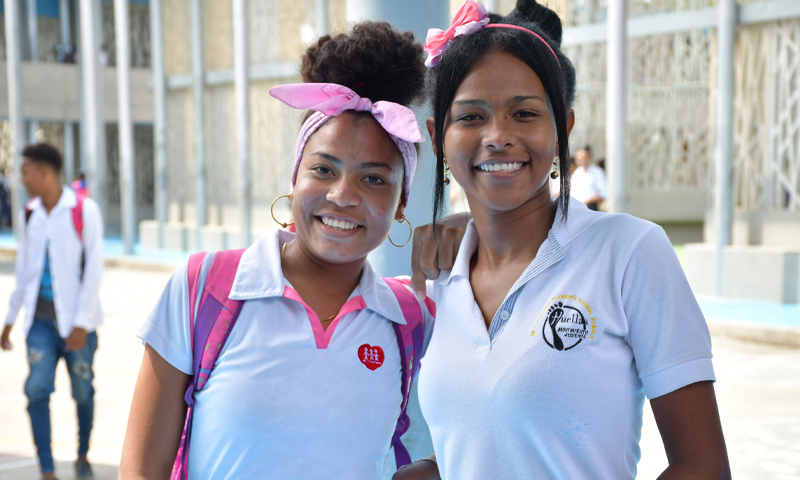
Since then, we have already reached 20,000 students in 12 cities and 59 schools in the country. This is a journey where we have faced many challenges, one of them being a new company with a technological solution to contribute to fixing a never-ending problem: improve the reading comprehension skills of high school students at remote underserved areas. We had the chance at that time to sign an agreement with one of the largest not-for-profit organizations that ran a chartered school model. They are in charge of 50,000 students per year all over the country and are specialized in bringing education in low-income underserved areas. Despite the fact of not having used any type of similar technology to improve reading comprehension before, this organization believed in the project. Since then, we have had the honour and the privilege to work together and be partners in a journey of innovative education thanks to its management leadership team. During the last 4 years, our path has been as challenging as it could be. In the beginning, one of the hardest things we had to deal with were teachers, since they were not convinced of using technology to fix such a problem.
In addition to that, they felt we were threatening them based on the misconception of being replaced by technology in the mid-term. Thanks to an aggressive platform training campaign, we finally overcame this issue. They were our first students. It was the best way to show them what technology and education combined, were meant to be for. Another challenge we faced was raising awareness among academic coordinators since they saw the EdTech platform as a heavy burden. Even though teachers were now on our side, they were not allowed to spend “too much time” with this new project. It was not an easy task to convince them that, on the contrary, teachers would be able to free their time thanks to moving to a coach model from a regular teacher model. One of the takeaways we have had during these four years is that an EdTech platform by itself does not mean anything. Thus, one of the keys to success is follow-up. Teachers are a key factor as leaders more than knowledge transfer agents. They feel great at it.
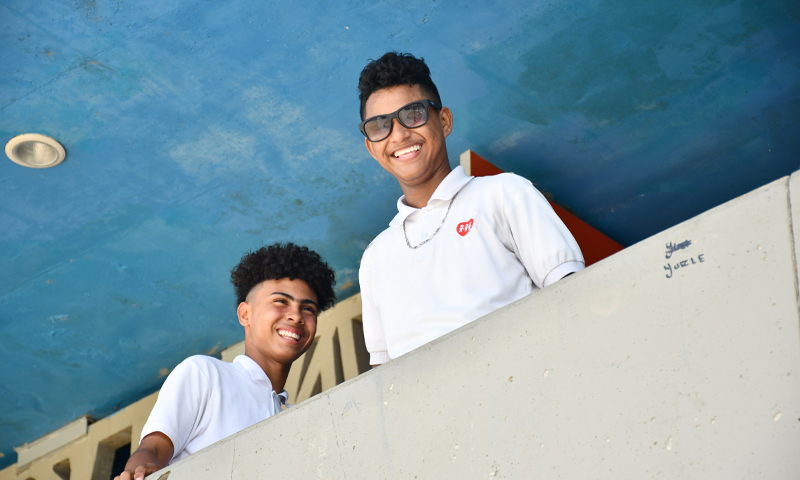
Unfortunately, most of the time, the traditional education system does not let them fly. Lack of digital skills readiness has been also another major obstacle we have found. In Colombia for instance, 50% of the teacher public body, let´s say a population of 300,000 is in the age range of 45 to 50 years old, that means a high number of individuals who were not born as digital-savvy citizens. This is an enormous entry barrier for any EdTech solution. Then, training has been a constant drive during these years. This situation has even allowed us to promote a special-separated training on digital skills for teachers in issues such as how to make a smartphone video, how to use free apps to make better presentations, how to use digital evaluation apps to enter into the digital era and be more aligned with students ‘requirements and expectations. EdTech platforms come today in many flavours and colours.
One of the biggest challenges is to assure a quality impact on the skills of students. Here is another take-away we have had: if a platform does not measure the performance of every single student, it does not provide any value at all. Many of them are very good at developing skills but are lacking in bringing data analytics. Any EdTech platform has a wonderful opportunity to collect performance data, behaviour data, failing data and so forth. We are in a world of mathematical regressions to predict future outcomes thanks to Artificial Intelligence and Machine Learning. But all EdTech platforms are not created equal. In our case, the data has been paramount for our success. Since schools we work with belong to the public system, they appreciate data analysis, something that is highly limited in this sector. As we have stated many times, data analytics is a kind of x-ray power we have, to define the boundaries of students, their major weaknesses and their profound needs. We dream to have a national system for reading comprehension skills improvement where data analytics could feed the weaknesses of the entire system. That should be a good way to overcome the distance of almost two years of school-level delay for 15-year-old kids at PISA. The student must be the centre of any EdTech platform. Is not always the case. In our experience, our platform has been easily adopted by students. There is one magic point that makes it possible: the platform brings a challenge to the student.
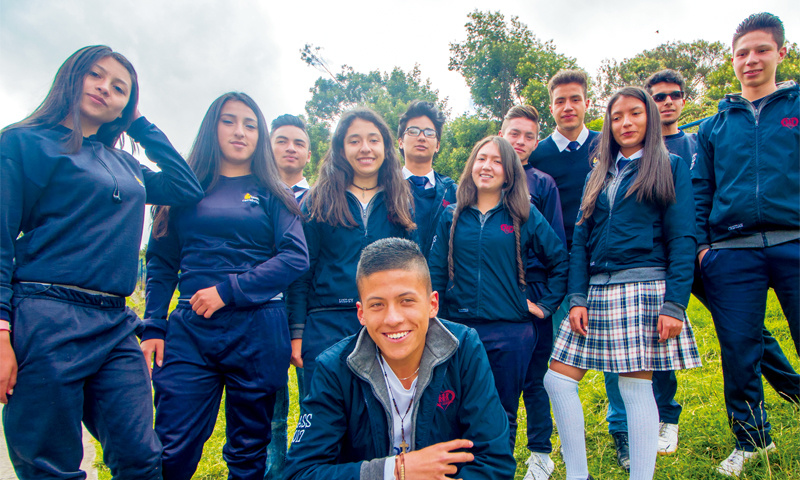
We have interviewed many students about the willingness to use the platform again to increase his/ her performance in reading comprehension. In 95% of the cases, they have shared with us that the major reason they liked the journey was that they felt challenged by the questions from the platform. They felt that the system was proposing them new questions as if it was reading their minds and establishing a path to improve their weaknesses. Through the years, we have been dealing with this project, we have seen reading comprehension improvements up to 300%. Recently, due to the Covid-19 situation, 90% of public-school students were out of school because of the lack of internet access. Colombia has around 8 million students in the public sector and 2 million in the private sector. Having more than 7 million students out of school is a big catastrophe. Unfortunately, the pandemic raised an issue that was not so evident before: internet access is a must-have, especially in low- and middle-income countries in the world. It is the blood system for any EdTech platform. In our case, we overcame this situation in 60% of the cases, since our students began to use their smartphones to follow the exercises from the platform.
We need to remember that Colombia is a country with 62 million cellphones, and even though there is a big underserved population, the use of a smartphone has become a common situation. We have impacted more than 20,000 students to date, thanks to an EdTech platform that closes the reading comprehension gap of their users, based on adaptive learning and predictive analysis. Today, more than ever, the world has the beauty of getting access to technology at the service of human beings. The big challenge ahead is not the technology by itself, it’s the culture of digital citizenship, the openness to a new way of seeing the change in education, the new frontier of the teacher´s role. That is why, we have started at Education Soul, to make our platform focused on Computational Thinking, as a result of what we have seen that is missing, especially in the public schools. A different approach to face the problems and fix them. Beyond reading comprehension, students must have a mindset ready to solve the current issues of the fourth industrial revolution. Latin America deserves to make a shift in the education gap that it is unfortunately involved today. EdTech is definitively part of that solution.
